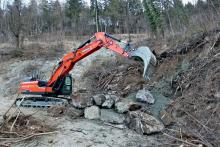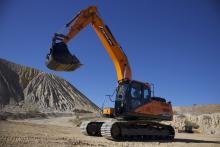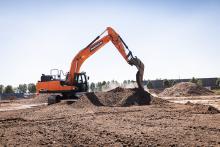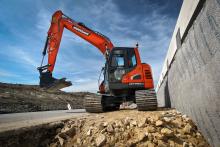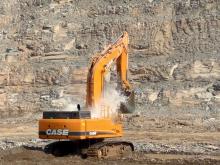Doosan is aiming its versatile DX235LCR versatile short tailswing excavator squarely at the growing market for reduced radius machines. However despite its compact size, the machine features a long undercarriage to maximise its stability. The swing diameter is under 4m, 1,070mm less than that of the conventional chassis DX225LC. Power comes from a six cylinder Doosan diesel rated at 123kW and digging force over the bucket is 14.2tonnes, while use of the power boost feature increases the forces by some 5%, w
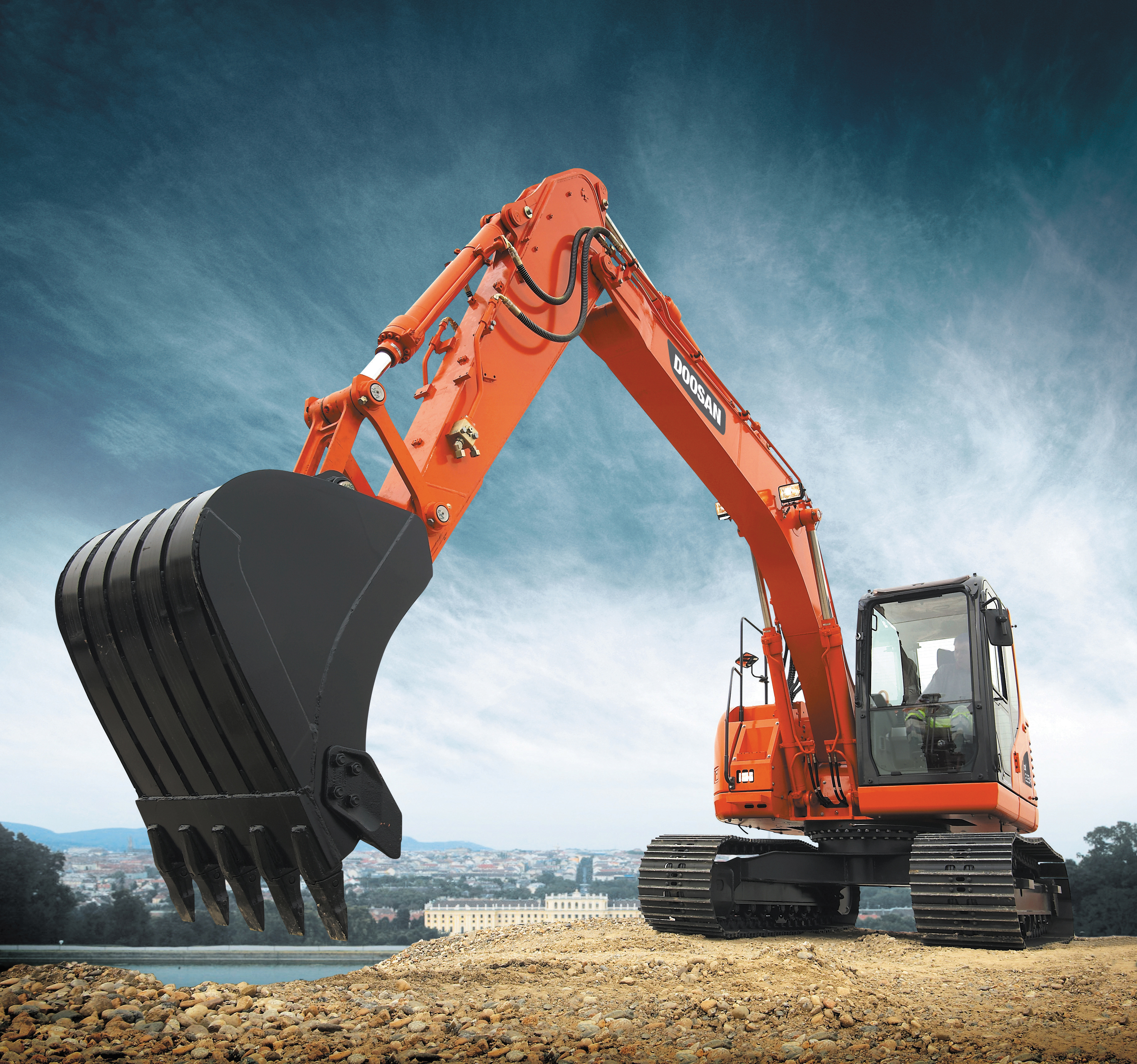
Doosan's productive 24tonne DX235LCR crawler excavator is designed for jobs such as repair work on roads and highways where a reduced radius is important to minimise disturbance to traffic flow
The machine features two travel speed ranges with a maximum speed in low range of 3.1km/h and a maximum speed of 5.8 km/h in high range. An auto idle feature lowers engine speed if the excavator functions are not used four seconds.
The engine then returns to the pre-set throttle position when the operator moves a joystick or a travel function.
The auxiliary hydraulic flow and pressure allow the use of all conventional attachments available on the market. The machine also has a large cab, with ergonomic controls and instrumentation, as well as a rear view camera and a straight travel pedal for trenching.


